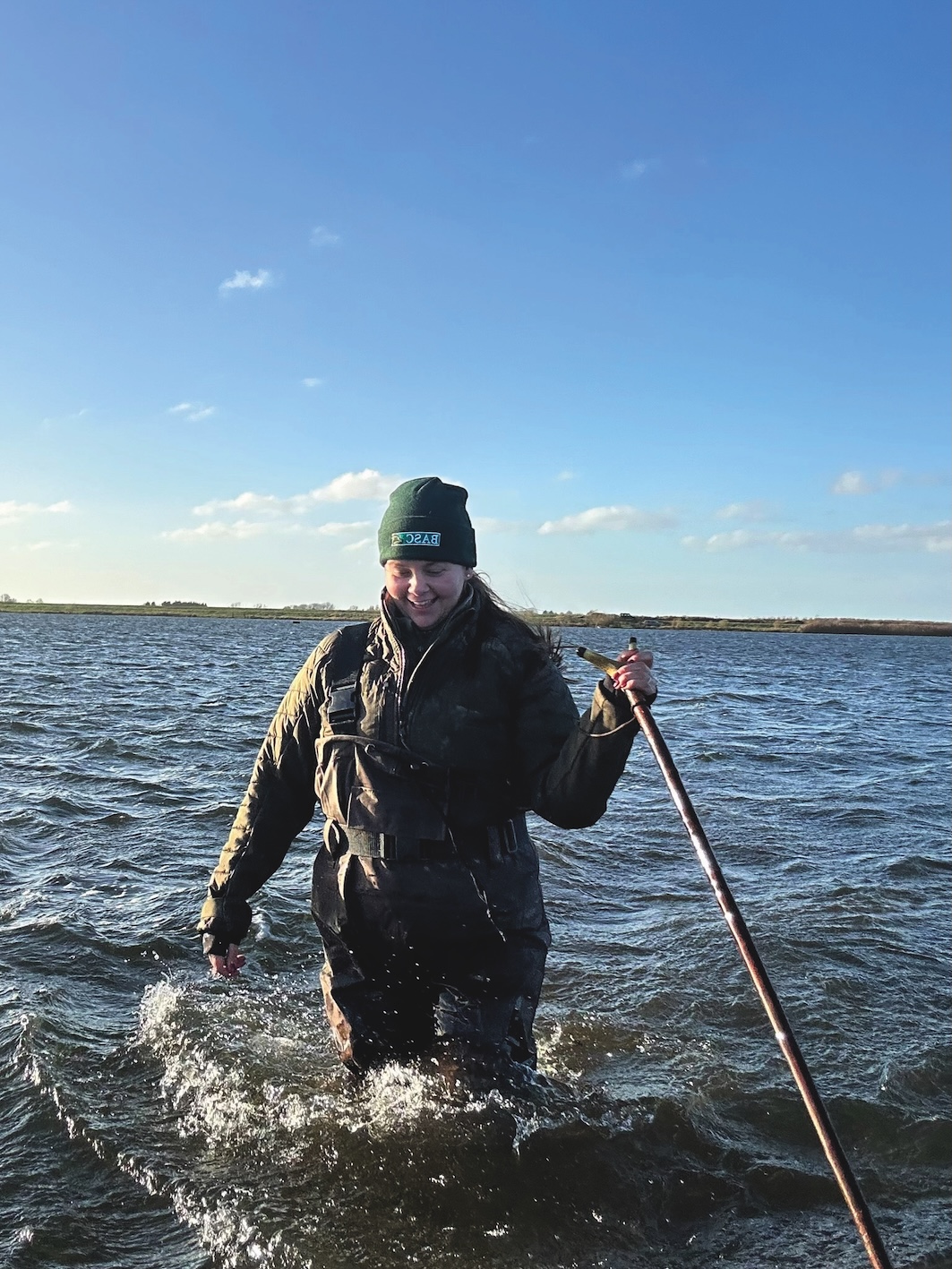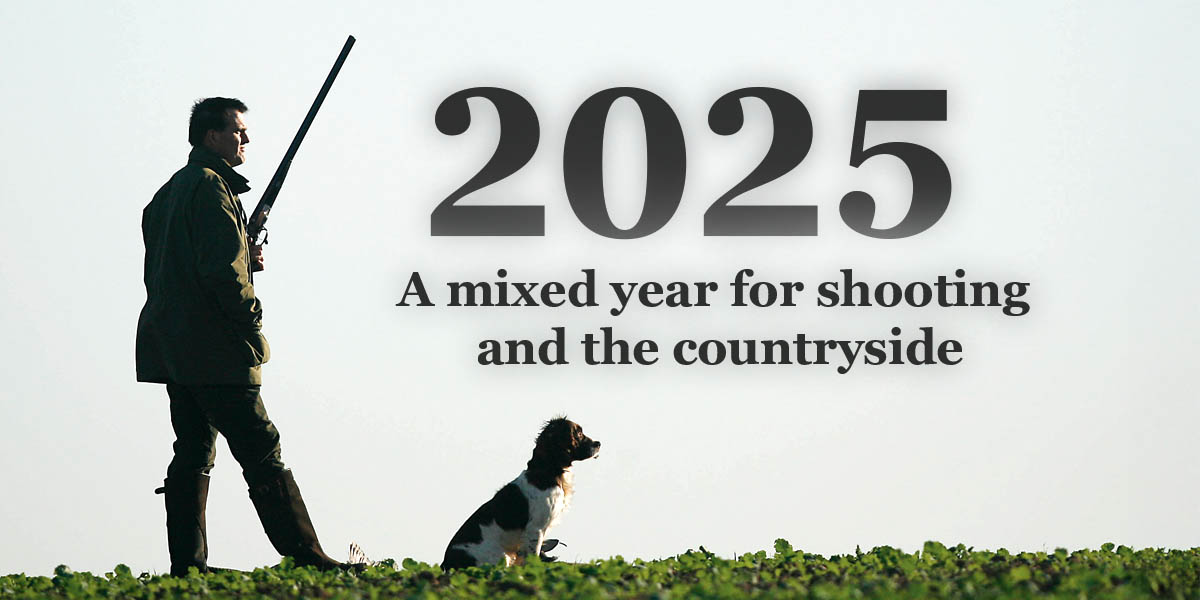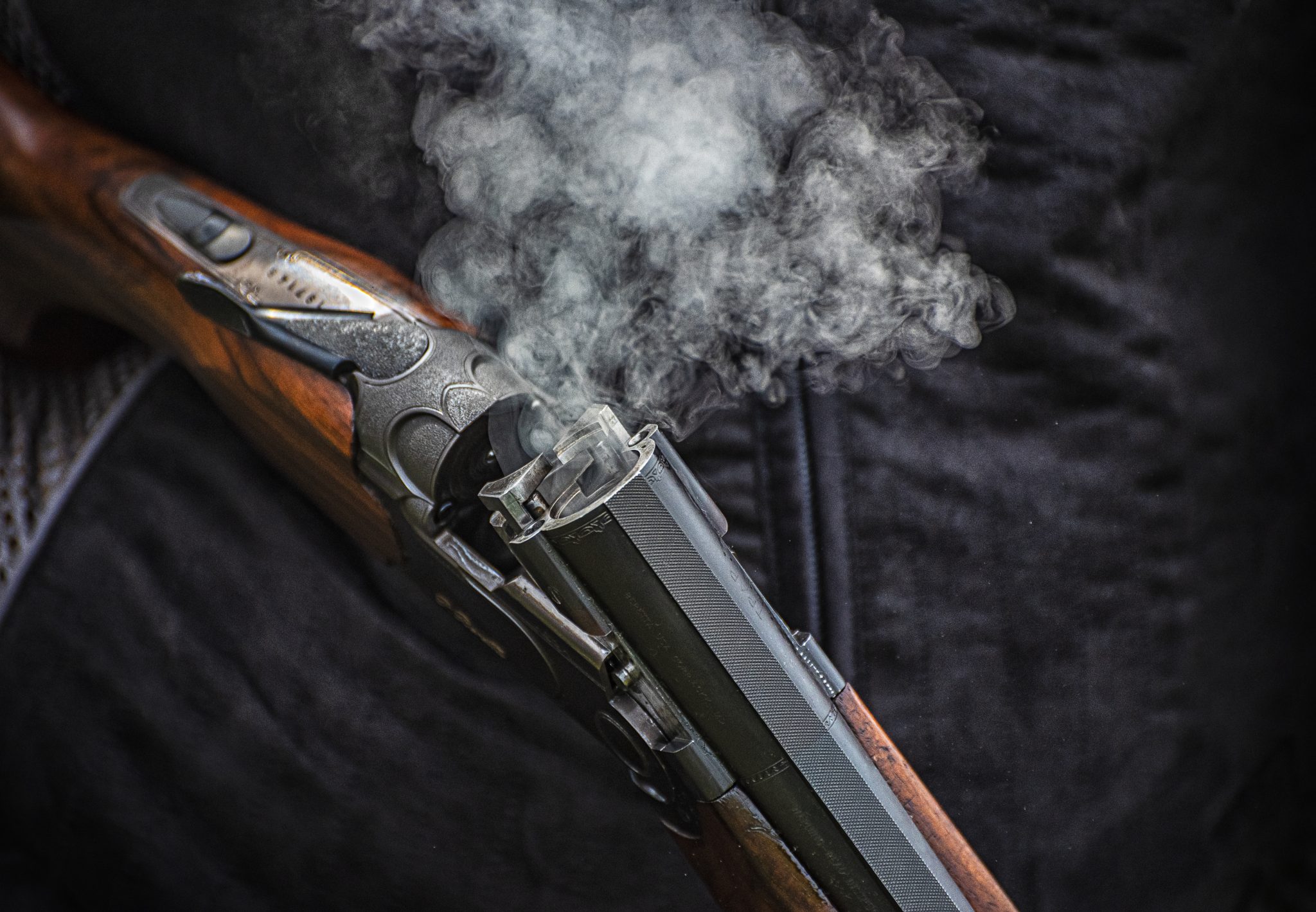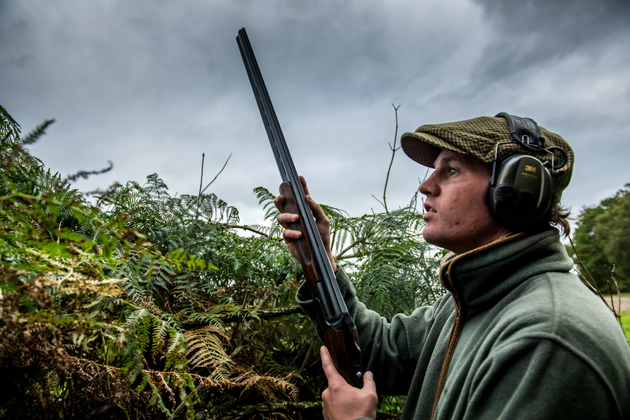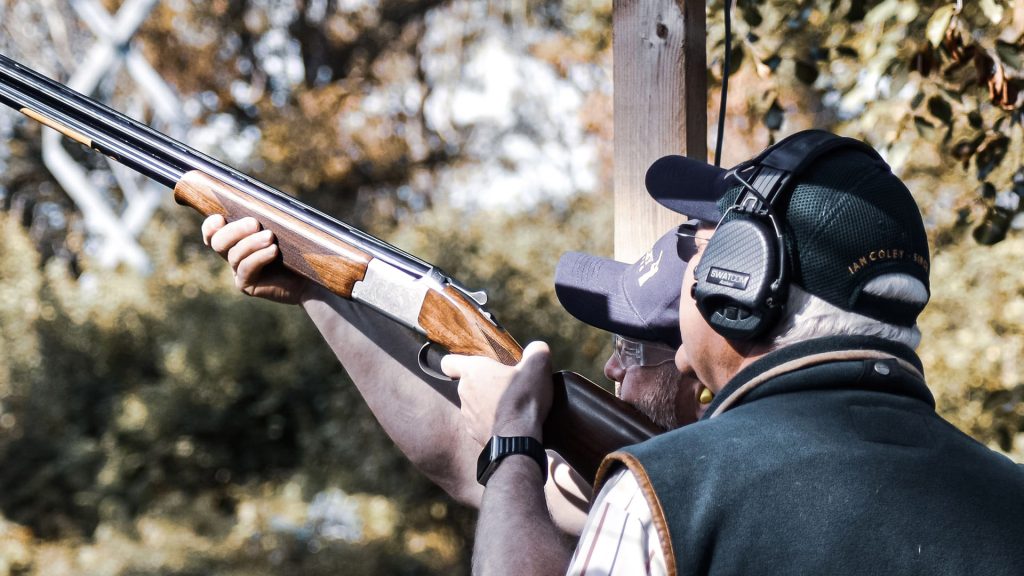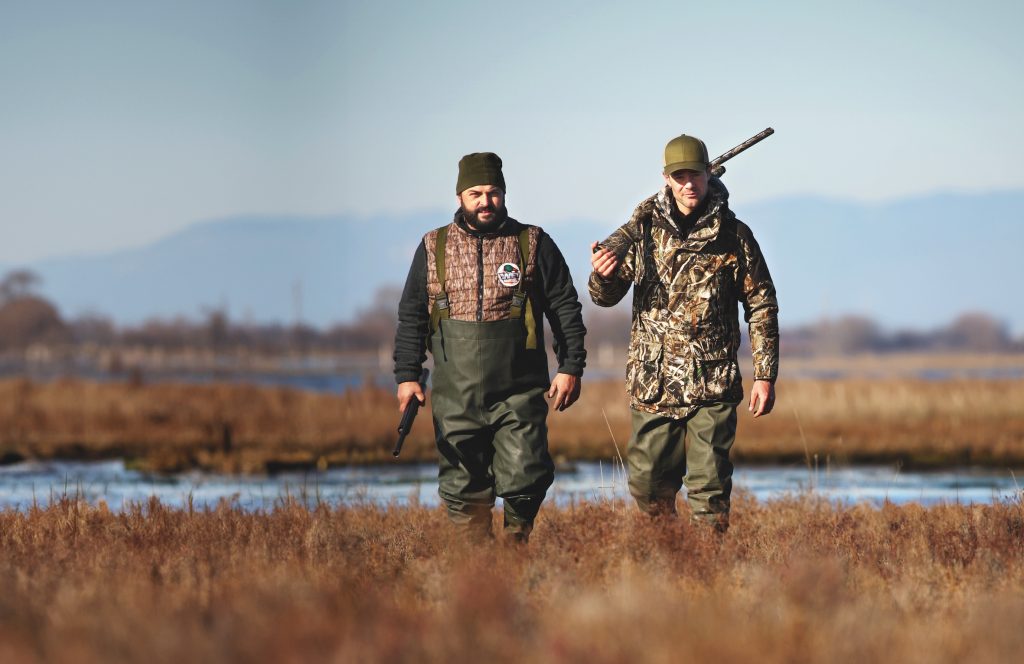Win CENS ProFlex DX5 earplugs worth £1,149 – enter here
How to choose the right shotgun and cartridge for pigeon shooting
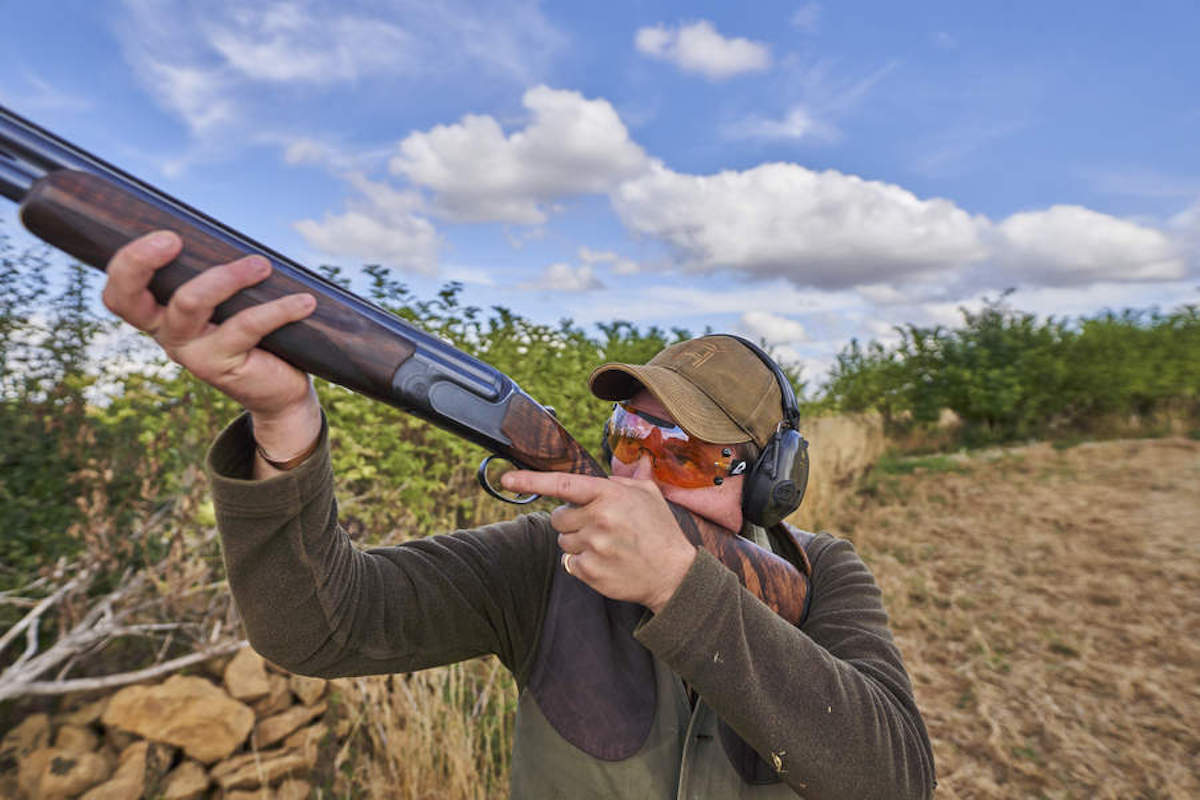
Shotguns and cartridges for pigeon shooting
It’s taken me a few years to discover the best shotguns and cartridges for pigeon shooting. Here is what I have discovered. (Read how to get permission for pigeon shooting.)
Choosing a shotgun for pigeon shooting
- Think about your size, age and strength when choosing the weight of your gun and bore
- If you are a capable shooter, I would recommend shooting a 12-bore
- Usually the progression from Young Shot to adult these days is 28-bore, 20-bore, then on to a 12-bore when the shooter is capable
- I generally recommend 30in barrels. Longer barrels will help you to make a better connection to the bird, stay on the line and finish your shot correctly (More on choosing barrels here.)
- Short barrels do not give you as much control as longer barrels. They may give the impression of the gun being fast, but actually the gun becomes whippy and uncontrollable and it is very easy to lose the line of the bird
- I shoot with 32in barrels, but you need to be shooting a lot to get used to controlling and handling 32s
Why I prefer an over-and-under for pigeon shooting
The over-and-under is my preference because the design aids the shooter. You have a single sight plane, which naturally takes your vision out to the bird. The pistol grip ensures you grip the gun properly and aids in absorbing recoil. It’s far more versatile with cartridge choice, too, and allows you to use heavier loads in comfort if you choose to do so.
The fore-end gives the leading hand a good grip and the all-important control. A well-balanced over-and-under gives you control through the shot and, because of its weight, absorbs a lot of recoil, which is a benefit especially on busy days. (Read more on gun recoil here.)
Side-by-sides are enjoyable to use, as they are often very light
Side-by-side?
The pros of side-by-side shotguns for pigeon shooting? They can be enjoyable to use as they are often very light, making them fast-handling. They have a slight advantage in a hide: because there is less of a gap in the opening, they can be easier to reload in a smaller space.
The cons? Cartridge choice, as you do not want to use a load any bigger than 30g. So make sure you pick the correct shot size — I would always recommend No.5 shot
Another con? If you are sensitive to recoil then a side-by-side absorbs recoil less, due to its lighter weight and design.
What about semi-autos?
Semi-automatics have become the gun that many pigeon shooters feel they should shoot with but I have reservations. To shoot pigeon correctly with a semi-auto, you must resist shooting three shots at one bird. Semi-autos also tend to be limited as to how they can be fitted to the shooter, and they spit cartridges everywhere. But if used correctly, however, they can be very effective, they are easy to load and you can use a heavy load choice. They are also sensibly priced. But resist a semi-auto unless you are an experienced pigeon shooter.
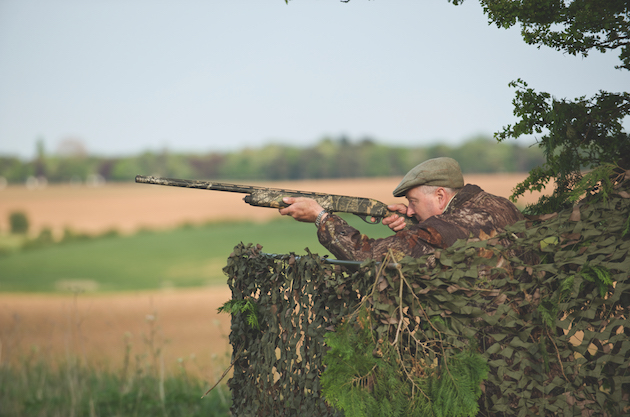
Resist a semi-auto unless you are very experienced at pigeon shooting
Chokes
I believe in having the same chokes in both barrels, ideally either half and half or three-quarters and three-quarters and fixed. But good multichokes that don’t affect the balance of the gun are fine. (Read more on chokes here.)
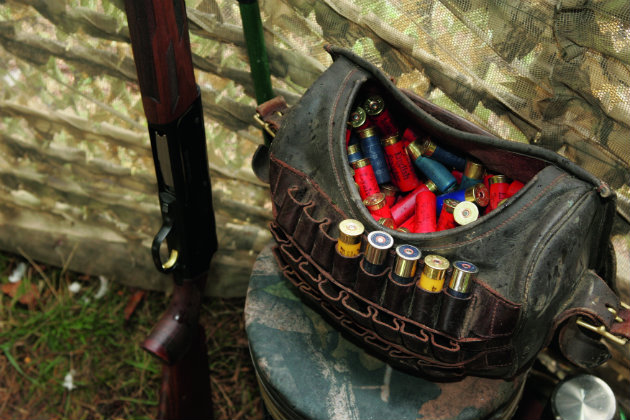
Find a brand of cartridge that suits you and your gun
Which cartridge should you use for pigeon shooting?
Not all cartridges suit everyone. Shot patterns will vary through different guns, so testing a few on a pattern plate will give you an indication as to what cartridges and loads work well.
If you are uncomfortable shooting a certain cartridge and load, it will play on your mind and affect your shooting. (Read more on cartridges for pigeon shooting here.)
Shot size and bore size
Load size is down to the individual and the gun bore. You must feel comfortable shooting a certain gramme load and be capable of shooting that load size in a variety of different situations and all day.
Shot size is what delivers the lethal blow and is the most important decision to make around cartridge choice. (Read what’s the best steel shot for pigeon shooting?)
I shoot all of my pigeon with No.5 shot, as 5s deliver a better impact on the bird and enable you to kill cleanly at longer ranges. They are without doubt an all-round better killing load than 6s or 7s. Regardless of the time of year or whether birds are roosting or flighting, 32g No.5s through my 12-bore is what I choose.
Find a brand of cartridge that you trust and that suits you and your gun.
Spending time considering the right shotguns and cartridges for pigeon shooting will pay dividends out in the field, so make sure you have the right kit. (You should also read The Pigeon Shooter’s Code.)
This piece was originally published in Shooting Times in 2016 and has been updated.
Related Articles
Get the latest news delivered direct to your door
Subscribe to Shooting Times & Country
Discover the ultimate companion for field sports enthusiasts with Shooting Times & Country Magazine, the UK’s leading weekly publication that has been at the forefront of shooting culture since 1882. Subscribers gain access to expert tips, comprehensive gear reviews, seasonal advice and a vibrant community of like-minded shooters.
Save on shop price when you subscribe with weekly issues featuring in-depth articles on gundog training, exclusive member offers and access to the digital back issue library. A Shooting Times & Country subscription is more than a magazine, don’t just read about the countryside; immerse yourself in its most authoritative and engaging publication.



